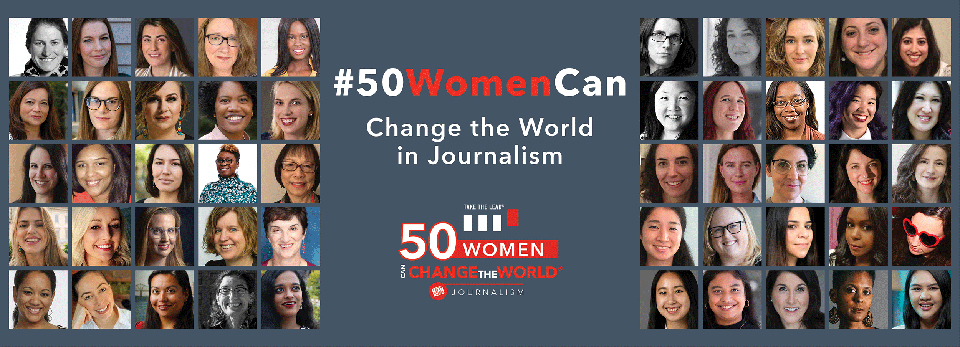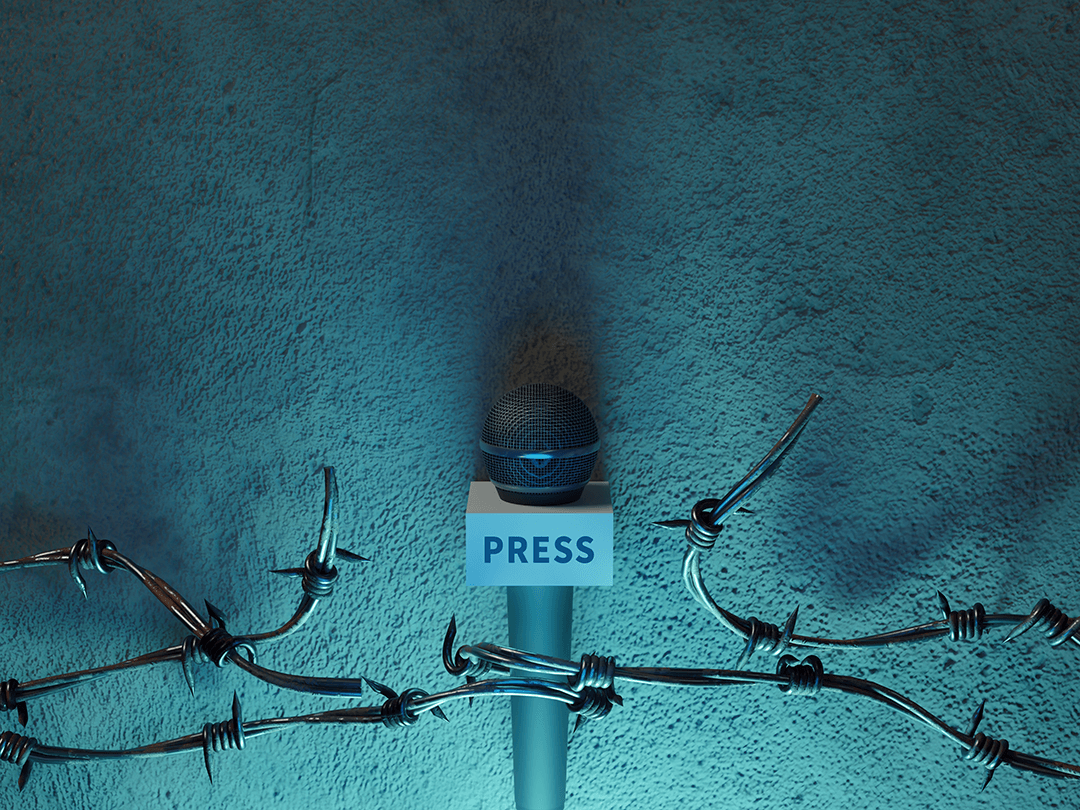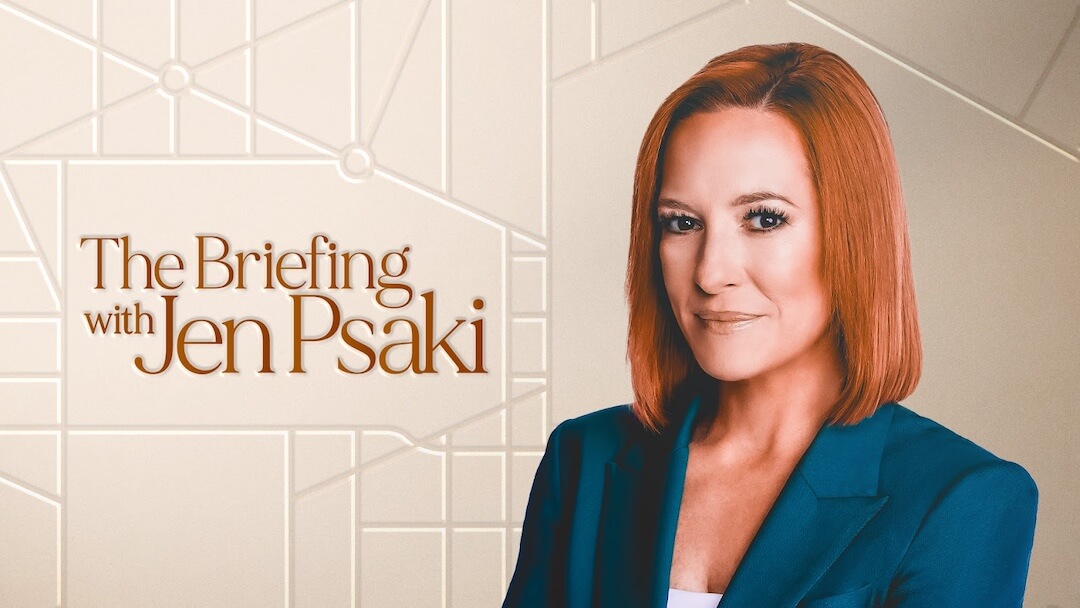In mid-June, Take The Lead Women launched its second annual “50 Women Can Change the World in Journalism” program. Founded in 2014 by Gloria Feldt and Amy Litzenberger, the mission of Take The Lead is to help reach leadership gender parity by 2025.
The organization’s cohort of 55 women journalists would meet virtually over the course of two and a half months, according to a June 19 summary on Take The Lead’s website. There would be lessons on strategic leadership action plans, negotiation skills and interactions with guest speakers. Take the Lead has taught cohorts in other industries, but last year was the first time it organized one for journalists.
“In journalism, who tells the story, and how that story is told and through what lens, is everything,” said Gloria Feldt, co-founder and president of Take The Lead and the creator of 50 Women Can Change the World, a program meant to empower women into pursuing greater leadership roles. “The opportunity to help more women move into those roles where they get to decide what is the story that is told, and through what lens, is one of the primary reasons for wanting to do journalism as a cohort.”
With funding from the Ford Foundation and the Democracy Fund, the program — which was supposed to be in-person but pivoted to virtual because of the coronavirus pandemic — cost $500 with opportunities for scholarships on a need basis. Planning for the program began last fall. The top priority this year was diversity, according to Fara Warner, Take The Lead lead instructor and leadership ambassador. More than 50% of this year’s cohort were women of color, and she added that local news organizations were represented. (Disclosure: I was a Boylan v NYT Fellow with the Journalism & Women Symposium and presented in a workshop organized in part by Warner in 2019 for the organization’s JAWS CAMP).
But the program’s commitment to diversity did not live up to the promise, according to several former members of the cohort who spoke to Poynter about their experience. It wasn’t just one thing, but several issues that piled up, prompting at least three to leave. According to those women:
- There was a glaring lack of representation in speaker programming early on, which prompted some cohort members to express their concerns in a feedback survey. All the main speakers in the first few days were white.
- The response from organizers to the concerns raised was poor and at times defensive, according to several of the women who spoke to Poynter.
- When leadership came forward with an action plan to address concerns, one former member said it felt like the work was placed on the women of color in the cohort to fix the issue.
An Aug. 4 email from cohort member Kari Cobham summed it all up. Cobham, who runs The Carter Center’s journalism fellowship program, informed organizers that she was withdrawing from the Take the Lead program because of its “lack of programmatic diversity, its failure to properly and transparently address it, and the additional harm it has caused” her and other Black, Indigenous and women of color who were accepted into the cohort. Cobham, who is Black and Indian, went on to say that, like many BIPOC women in the program, she has been actively engaged in diversity, equity and inclusion in her own organization and dealing with racism and race issues for as long as she has lived in this country. “We are all exhausted,” she wrote. “And facing it in 50WomenCan has added to that burden.”
Feldt has disputed this characterization, saying that nine out of the 15 women who presented or served as instructors or as coaches within the program were women of color — part of a “baked in commitment” to diversity.
“The error — and it was a big one — was having three white speakers in a row during the emotional height of racial reckoning after the George Floyd murder,” she wrote in an email to Poynter.
‘Something big was happening’
Journalism is an industry still dominated by men. According to a first-of-its-kind report from the Women’s Media Center, the ranks of all female journalists of color, combined, are the lowest of all news professionals. Right now there are reckonings happening in many newsrooms about race, including the Los Angeles Times, St. Louis Public Radio, and The Star Tribune in Minneapolis.
There are intensive programs that aim to strengthen women’s leadership in the industry and encourage them to advance in their careers. The Poynter Institute has the Leadership Academy for Women in Media. The Online News Association has the Women’s Leadership Accelerator. Neither program receives support from the same funders as Take the Lead.
Take the Lead began its second journalism cohort not only in the thick of the coronavirus pandemic but also at a time of deep racial reckoning in the United States that followed the killing of George Floyd and subsequent protests.
“There was a clear disconnect between reality and the program,” said Luisa Ortiz Pérez, a current cohort member and executive director of Vita Activa, a help line for women journalists and freedom of expression defenders facing online violence and harassment. Ortiz Pérez, who is Mexican, was also part of Poynter’s program. “It is very difficult to have 55 women on Zoom, talking about the future in the context of a pandemic, without acknowledging that, A: it was going to be hard. B: these were not the normal times.”
After introductions were made, the program began with a workshop on negotiation skills and a presentation on leadership, both by white women.
“You started to see chatter online in the comments box of other members of the cohort saying things like ‘Why is this so white-centric? Where is the representation here?’” said Jenni Monet, an investigative journalist and media critic who writes about Indigenous affairs in the U.S. and abroad. “It was absolutely legitimate in that moment, because I remember tuning in and being like ‘None of this relates to me as a woman of color.’” Monet is Indigenous and a tribal citizen of the Pueblo of Laguna, a tribal nation in New Mexico.
With the exception of Christiane Amanpour, Monet said all the women featured in the presentation were white women who were not considered leaders by many of the women in the cohort. The session also left several women visibly upset, Ortiz Pérez said, because there were no trigger warnings to some of the questions posed to the cohort in a separate breakout exercise. An example, she said, was a question that asked cohort members what they would do if they were an Asian journalist who was sexually harassed by their boss.
Another cohort member, who asked not to be named for this story, wrote her concerns about the issues with diversity to everyone in a Zoom chat after organizers noted they had women of color on staff, according to transcripts she shared with Poynter.
“Promising us that you have women of color involved in other stages of the program is the rough equivalent of saying, ‘We have Black people working the back,’” she wrote. “It shouldn’t be challenging to recruit diverse women as leaders of conversations and to bring them in to share their knowledge as guest speakers.”
Disappointed with the organizers’ response, she left the session and the program entirely.
Hannah Wise, a current cohort member who looked to the program for a renewed burst of energy and training after being laid off from her job at the Canadian Broadcasting Corporation, remembers the program continuing on after the aforementioned woman spoke up. Wise is white and Jewish.
“Clearly there was something big that was happening,” said Wise, who now works as the news partnership lead for the Brown Institute’s Local News Lab and was part of Poynter’s Women’s Leadership Academy. “I couldn’t ignore that there were women of color in the cohort who were clearly feeling hurt and alienated and not heard by the organizers.”
Like the woman who spoke up in the Zoom chat, Cobham, also part of Poynter’s past program, left the session that day. She said she felt the concerns were not appropriately addressed at the time.
“The leaders of the program, while they were very receptive, did not provide sufficient communication or transparency or indicated any actions that they were planning to take moving forward to correct it,” Cobham said. “There was a push and pull between dusting it under the rug and then addressing it insufficiently.”
A few of the women also took issue with a letter Feldt wrote to the cohort, which was obtained by Poynter. In the letter, Feldt spoke about the importance of remaining bound together on a vision of a more equitable world. She wrote about boundaries and what the program is and isn’t: “It is not therapy. We honor people’s emotions and make space for them, but we are not therapists. We are really good trainers and coaches.” She wrote that it’s not a democracy, but a research-based program.
‘A blind spot’
Diversity and intersectionality are “in Take the Lead’s DNA,” Feldt said in a recent Zoom interview with Poynter and Warner. “All of our cohorts have been, with one exception, have been pretty much 50% women of color,” said Feldt, who identifies as Ashkenazi. “The advisory groups have been pretty much 50% women of color, and the trainers have been pretty much 50% women of color.”
But they have to own up to where they screwed up, Feldt added.
“Where our error in judgment came, or our blind spot came, was in having two presenters in a row where the major speakers were white women,” she said.
“It was our mistake,” added Warner, who is white. “We had a blind spot.”
Feldt said immediate changes were made in response to concerns, such as inviting two women of color to talk about their “Power Journeys” instead of Warner and changing the program’s agreements with the cohort to be more reflective of their needs. According to an email obtained by Poynter, Feldt notified the cohort on July 20 of multiple steps they were taking.
When she saw the email, Monet thought the action plan benefited only Feldt and Take the Lead. Monet likened the actions to a “free consultation” from an entire cohort, which the journalist said people would pay top dollar for in the cultural sensitivity industry.
Feldt also sought funding to review the entire program through a racial justice and diversity and inclusion lens. That review was conducted by Charreah Jackson, a current cohort member and communications consultant. Feldt said Jackson’s review observed overall diversity.
“The reality is, as a Black woman in America, there are few spaces where I go into that aren’t designed by Black women that I expect to be completely inclusive and intersectional for Black women,” Jackson said. “It’s also a blind spot in many spaces I’m in.”
Jackson said she was excited when she first saw the program workbook and who made up the cohort and speakers and advisers. She hadn’t personally noticed the lack of representation among speakers early on in the program.
“I was excited to see the amount of Black women who were in leadership positions inside of the organization, but also within our cohort,” she said.
Carla Murphy, a visiting fellow in Boston College’s journalism program who authored a recent study of “Leavers” (journalists of color who left the industry), was part of the inaugural program last year and said having it in person makes all the difference.
Murphy said her role as the cohort’s journalism adviser was very limited. Early on, she recalled questioning to herself whether the program should still take place, given the coronavirus pandemic.
“A lot of women journalists have lost their jobs this year. A lot of freelancers have lost work. All of the cutbacks in journalism will disproportionately harm mothers, for example … women, women of color. In that environment, is it better to have a program like 50 Women Can, or not?” Murphy said. “I would rather have something for them to hold on to, than not.”
She said there was tension in last year’s cohort as well. “To me, that is not a bad thing … if you’re in a room together, you’re able to process all of that … I think we had space,” Murphy said. “I think that’s the difference between last year and this year, to me. I don’t think Zoom gives you space.”
It’s fair to leave a program if it doesn’t make you comfortable, Murphy said. She said she has done that before in other spaces. And she noted that she does feel the program’s curriculum needs some updating. Murphy is Black.
She took a lot from her experience in Take the Lead’s journalism cohort, mainly her connection with other members.
“I’d never been in a space with professional women, where we went from zero to vulnerability in like two seconds. This program did that,” she said. “The relationships, that’s the gift. And I have them now for the rest of my career.”
‘Reach for better’
The program wraps up officially Friday for the now 50 cohort members. Monet said she feels badly that it ended this way for herself and the other women who left the program over the same concerns. She thinks the cohort should have been paused so leadership could conduct research on their own time to improve programming.
“We’re living at a time right now where all of the ways that we’ve been functioning as an industry, as a society, it hasn’t been working for a lot of people,” she said. “The conversation was when things ‘get back to normal’ (after the pandemic) and I know that, for people of color and marginalized communities, there’s a real genuine shared response that ‘no, normal wasn’t working for us.’”
There’s now a collective energy to reach for better, Monet said.
“That, to me, is what this one experience is emblematic of,” she said. “I think it also shows how much work we have to do.”
This story has been updated to note that the women’s leadership programs at Poynter and ONA do not receive funding from the same funders as Take the Lead’s program.






